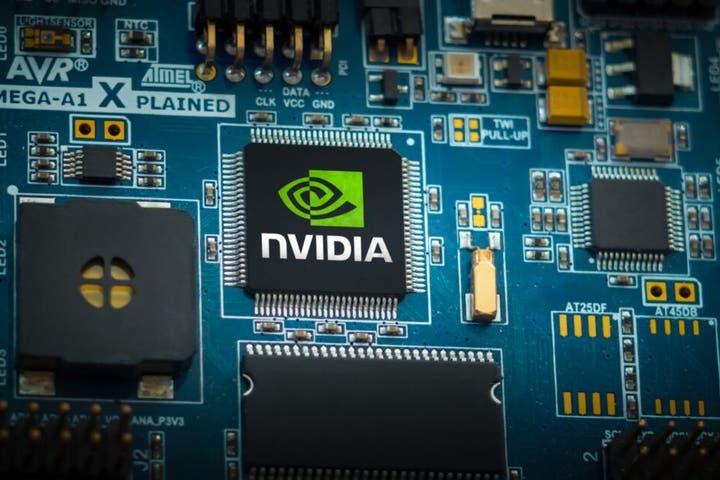A consumer-grade graphics card from Nvidia Corp. is making waves in the art valuation sector. The Nvidia GeForce RTX 3090, initially priced at $1,499, has been repurposed to drive an innovative AI tool that accurately tags Chinese ceramics and predicts auction prices with an impressive accuracy rate of approximately 99%. This revelation emerged from a blog post by Nvidia on March 8, 2024.
Researchers utilized the RTX 3090, rather than relying on expensive data-center infrastructure, by integrating the graphics card into a standard desktop. They trained a vision model on a vast dataset that included centuries of kiln styles and actual sales data from renowned auction houses such as Sotheby’s and Christie’s. The AI system successfully categorized over 20 types of ceramics, spanning from the Tang dynasty to contemporary pieces. Notably, it assessed a Ming dynasty jar’s value within 30% of its final sale price.
While the RTX 3090 was originally marketed to gamers, its capabilities extend far beyond gaming. The 24-GB card’s tensor cores are adept at handling AI tasks that typically require specialized hardware. Independent studies support the model’s high precision in various image-intensive sectors, bolstering confidence in its results.
The significance of this development lies in its potential impact on the art and heritage sectors. Small museums and private collectors, often unable to afford professional appraisals, can now access sophisticated valuation software without the need for costly cloud server rentals. According to Siqi Wu, one of the researchers involved in the project, this technology democratizes access to expert-level appraisal tools.
Moreover, academic research has indicated that machine-learning models can predict broader art auction outcomes, suggesting that the industry is ripe for data-driven transformation. The researchers are already piloting projects targeting items such as Cantonese opera costumes and mural conservation, proposing that their methodology could serve as a model for similar initiatives globally.
The implications for Nvidia are substantial, as this project highlights how its consumer GPUs continue to carve out new professional markets. Analysts have noted for years that the demand for RTX cards extends well beyond gaming, underscoring their versatility.
In light of these developments, Nvidia’s stock shows a robust price trend across short, medium, and long-term metrics. While its momentum ranking remains steady, its value ranking has been less favorable, according to Benzinga Edge Stock Rankings.
As the art world increasingly embraces technological advancements, the integration of AI and consumer-grade hardware like the RTX 3090 may redefine how artworks are valued and appreciated. This shift not only amplifies the potential for innovation within the sector but also enhances accessibility for those traditionally excluded from expert appraisals.
